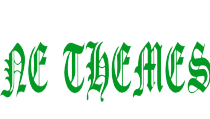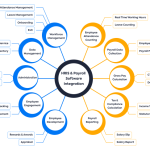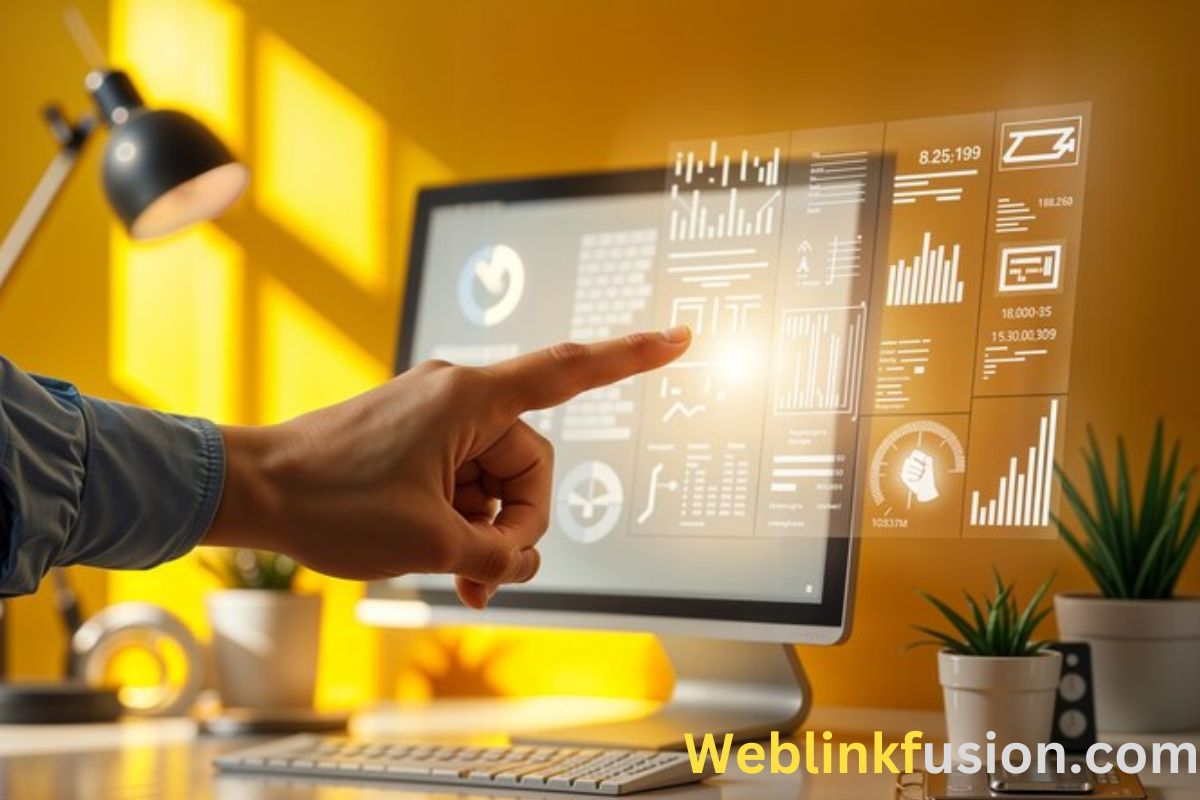NNRM28 is a concept stirring conversations across industries, captivating experts, and raising curiosity among enthusiasts. It reflects advancements that hold significant promise in the realms of technology, policy, or industry-wide innovation. But what exactly is NNRM28, and why is it attracting so much attention? In this comprehensive guide, we will decode its meaning, explore its implications, and unravel why it matters now more than ever.
Introduction
We live in an era of rapid transformation where the introduction of breakthrough concepts can reshape entire sectors overnight. NNRM28 has become one such pivotal milestone—ushering in a new wave of progress. This article offers an in-depth analysis of the subject, shedding light on both the tangible impacts and the possibilities it unlocks for the future. Through clear insights, this guide ensures you understand what NNRM28 means, why it is crucial, and how it aligns with global technological and social trends.
Whether you are hearing about this topic for the first time or looking for deeper insights, this article covers all you need to know. Let’s dive in!
What Is NNRM28?
NNRM28 represents a sophisticated framework, initiative, or technical specification, though its exact nature depends on the context in which it is applied. Generally, this concept revolves around optimization, measurement, and regulation within a specific field—be it artificial intelligence, policy compliance, or next-generation networking.
Many analysts consider NNRM28 a new benchmark for operational efficiency, precision, or governance standards, giving it immense weight within its respective field. Its uniqueness lies not only in its functional improvements but in the systemic change it promises across industries.
The Origins of NNRM28
Understanding the roots of NNRM28 helps us appreciate the challenges it aims to solve. As industries grew more complex and interconnected, traditional frameworks struggled to address emerging bottlenecks. From supply chains to cybersecurity or energy regulation, a growing need for enhanced frameworks became apparent.
NNRM28 could represent an answer to these evolving needs. Whether it’s a revision of policies or an integration of novel technologies, it brings precision and clarity to otherwise complicated processes. This new standard was born from lessons learned in previous systems—filling gaps and ensuring future-proofing with sustainable solutions.
How Does NNRM28 Work?
The workings of NNRM28 depend on the sector of application, but it generally involves:
- Data Harmonization: NNRM28 ensures smooth integration of complex data points for better insights.
- Operational Standards: It outlines stricter guidelines to improve quality and reduce inconsistency across systems.
- Risk Mitigation Models: The concept weaves in predictive analytics and monitoring capabilities, reducing potential vulnerabilities.
- Automation Frameworks: NNRM28 integrates machine learning to streamline and self-correct processes.
These features provide a glimpse into how NNRM28 functions as a multi-pronged approach—balancing technology with regulatory compliance.
Industries Transforming with NNRM28
The introduction of NNRM28 will impact numerous industries. Below are just a few sectors that could see revolutionary changes:
1. Telecommunications:
- Optimizes network latency and bandwidth through NNRM28-based models.
- Supports next-generation infrastructure like 5G and 6G networks.
2. Healthcare Systems:
- Enhances data interoperability between hospitals and medical devices.
- NNRM28 frameworks can boost diagnostic accuracy using predictive analytics.
3. Finance and Banking:
- Enables compliance with regulatory mandates through automated risk analysis.
- Assists in detecting fraud and anomalies in real-time.
4. Energy Sector:
- Encourages smart grid adoption for efficient energy distribution.
- Facilitates renewable energy management with better forecasting models.
NNRM28 in Policy and Governance
From a policy perspective, NNRM28 could act as a cornerstone for new legislative frameworks. Government bodies and regulatory institutions can leverage it to ensure more transparent monitoring of compliance standards. In areas like climate change policy, NNRM28 offers tools for enhanced tracking and reporting—critical in achieving international sustainability goals.
Additionally, governance models that incorporate NNRM28 will find it easier to align with international regulatory bodies. This increases cooperation between organizations and makes cross-border operations smoother.
Why NNRM28 Matters: The Bigger Picture
The importance of NNRM28 extends beyond immediate operational improvements. It plays a role in:
- Fostering Innovation: Companies adopting the NNRM28 framework are positioned to innovate faster by reducing redundancy and enhancing precision.
- Boosting Competitiveness: Those ahead of the NNRM28 adoption curve will likely have a competitive edge in terms of efficiency and regulatory compliance.
- Ensuring Resilience: The framework ensures that industries remain resilient in the face of evolving challenges, whether economic or environmental.
The Challenges and Criticism of NNRM28
While NNRM28 presents remarkable benefits, some skepticism surrounds its adoption:
- Implementation Costs: Initial adoption can be resource-intensive, especially for smaller organizations.
- Training and Skill Gaps: Companies may need to upskill employees to use the new framework effectively.
- Data Security Concerns: Since NNRM28 frameworks rely heavily on interconnected systems, cybersecurity risks need to be addressed rigorously.
However, these challenges are not insurmountable. Many organizations are already investing in pilot programs to test NNRM28 before full-scale implementation.
NNRM28: The Road Ahead
Looking into the future, NNRM28 has the potential to become an industry standard that redefines efficiency and innovation. As it evolves, the framework will likely incorporate more advanced technologies such as AI, blockchain, and IoT. Experts predict that early adopters will have a significant advantage, both in terms of performance and market positioning.
FAQs
What is the primary goal of NNRM28?
The primary goal of NNRM28 is to improve operational efficiency, data integrity, and regulatory compliance across industries.
Which industries are most likely to benefit from NNRM28?
Telecommunications, healthcare, energy, and finance are among the industries poised to benefit the most.
Are there any drawbacks to NNRM28 implementation?
Yes, some challenges include high initial costs, cybersecurity risks, and the need for employee training.
How does NNRM28 relate to sustainability efforts?
NNRM28 helps optimize resource usage and ensures compliance with environmental regulations, making it essential for sustainable growth.
Is NNRM28 applicable to small businesses?
Yes, though the implementation process may be more gradual, small businesses can adopt NNRM28 incrementally for long-term benefits.
Will NNRM28 evolve over time?
Absolutely! As technology advances, the framework will continue to evolve, integrating cutting-edge tools and methodologies.
Conclusion
NNRM28 isn’t just another framework—it’s a game-changer that touches nearly every facet of modern industry and governance. With its blend of technological precision, regulatory alignment, and future-proofing, it promises to usher in a new era of progress. Though challenges exist, the rewards far outweigh the risks. As companies and governments begin to align with NNRM28’s principles, we will likely see profound impacts on efficiency, innovation, and sustainability.
For organizations looking to stay ahead of the curve, the time to explore NNRM28 is now. Those who understand its significance and adopt it early will shape the future of their respective industries.











